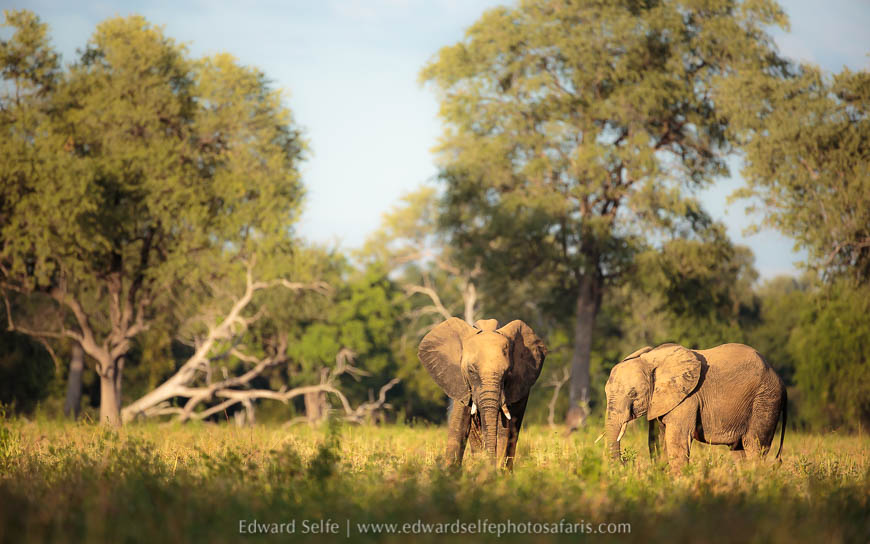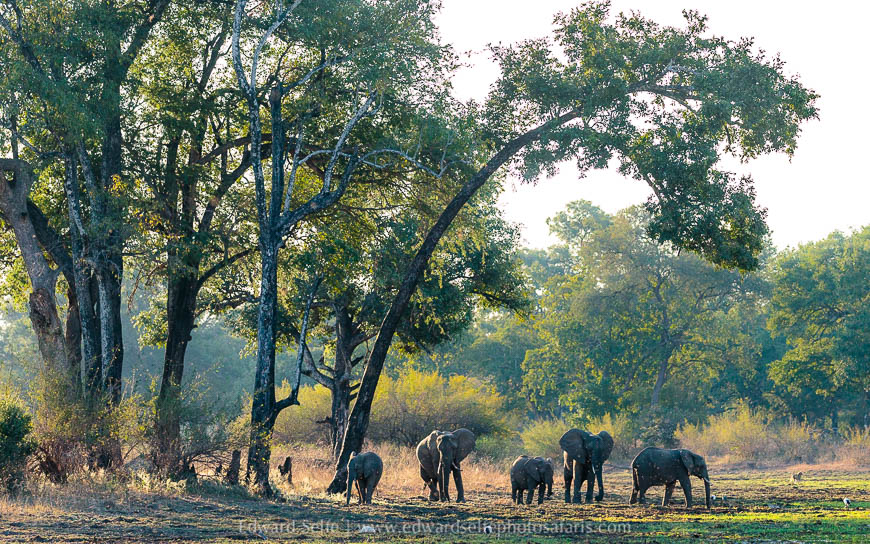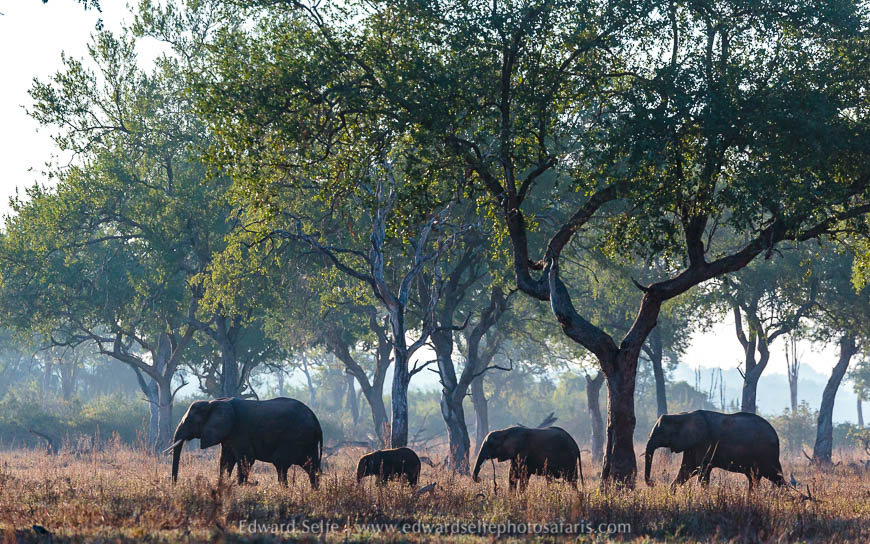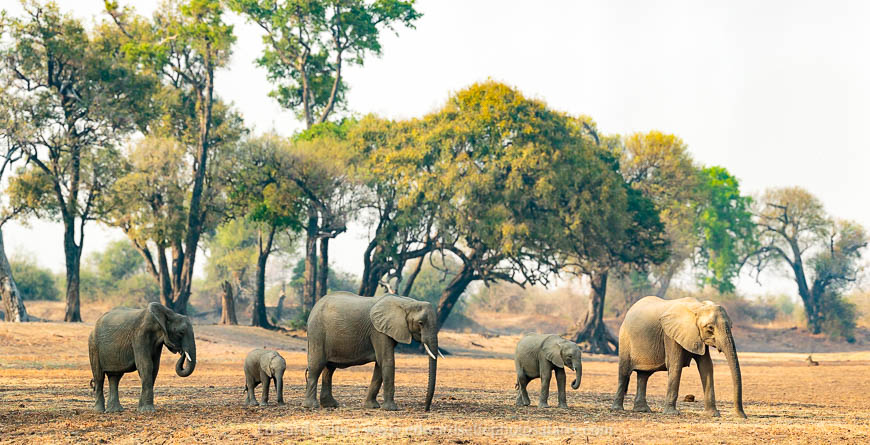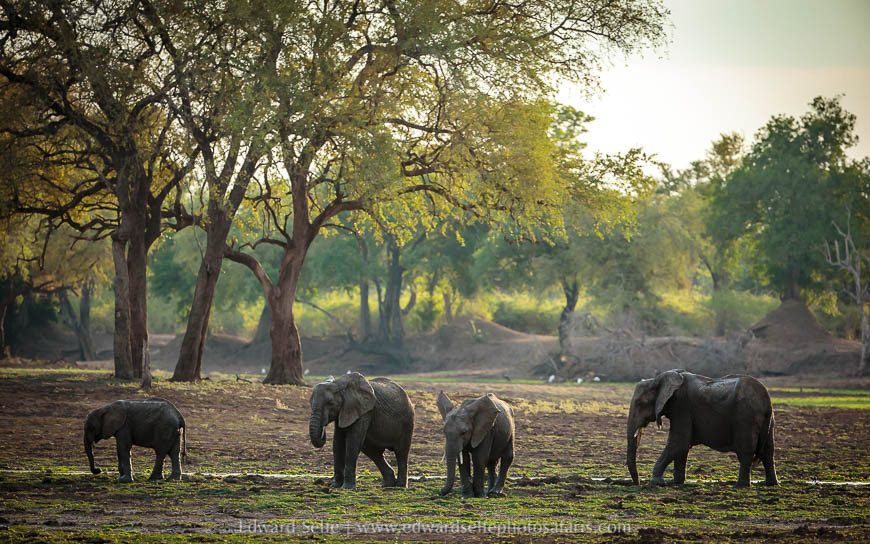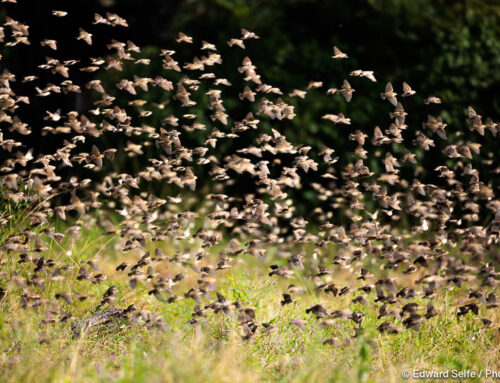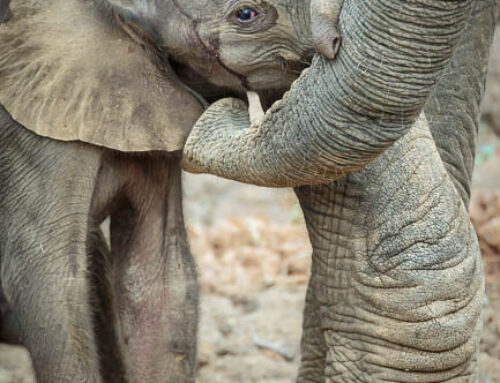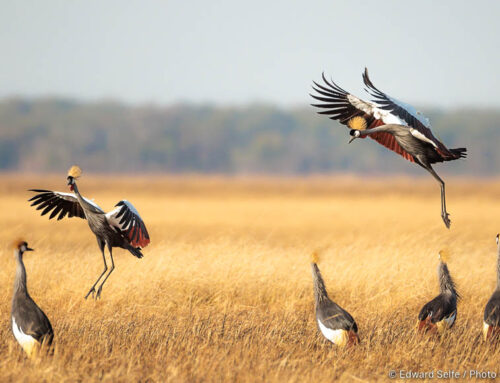It is a time of dramatic seasonal change in Luangwa; the days are shortening, the evenings are cooling and there is a freshness in the air. I start to think about dry season, and make ill-advised comments like “it feels cooler today; maybe the rains are coming to an end…!”. Inevitably, there will be more rain, but the showers are less frequent and there is certainly a dry feel which has been absent for months!
The way in which the valley transforms between the long dry season and the rich rainy months is fundamental to the biodiversity of the area. Plenty of species rely on this change in both directions, either for food, breeding sites, prey availability, dispersal opportunities and general living space.
I am always astonished by the overall change, and (perhaps even more astonished) that such change can occur so gradually that I don’t notice it day by day. I made some time lapse series last year which I want to share with you below. I hope you enjoy these, which run from mid February to the end of November.
This got me to thinking about the way that the seasons affect us as photographers. So I went through my archives of my favourite type of image (elephants in the gorgeous surroundings of the Luangwa’s forests) and selected one from each of the different seasons of the year. Through these images, I can share the way the valley changes with the passing of the year. I hope it’s evocative of this beautiful place:

April: a time of plenty with long grass and ripening sead-heads providing ample food for giant stomachs. The sunlight is strong, rich and buttery yellow in the early mornings. Mist rises from the wet ground and warm breaths are visible in the morning sunshine.
June: the receding waters are contained in seasonal lagoons, and vegetation has carpeted the recently-exposed soil. Dragonflies dance above the damp areas and elephants forage for broad-leaved herbs in the pans. Cold mornings, clear crisp light and the beginnings of the dry-season congregations of big game.
August: traditionally the changeover month from cool-dry to hot-dry season with sparse vegetation. Herbivores congregate in feeding hotspots or travel long distances to find inland supplies. Dust & smoke begin to filter the strong sunlight, blending the sharp edges between light and shadow.
October: the nutritional squeeze has gripped the ecosystem and herbivores search for transient food sources, such as the pods which have fallen from a tree overnight. Predators thrive as the grazers go into survival mode, forming large herds in areas where water remains.
November: a time of extremes bringing plenty of new life but with the lingering hangovers of many months of intense dry still evident. In anticipation of the rains, trees and shrubs sprout new leaves, giving the bush a green-frosted effect. Elephants, weary after months of hunger, drag themselves to muddy waterholes to lessen the impact of the intense heat. The dusty filtered light is replaced by a threatening glow that promises either more heat tomorrow, or catastrophic thunderstorms. Migrant birds, awaiting their chance to breed, are occasionally heard in the cool of early morning, or overnight. But mostly, the bush waits….